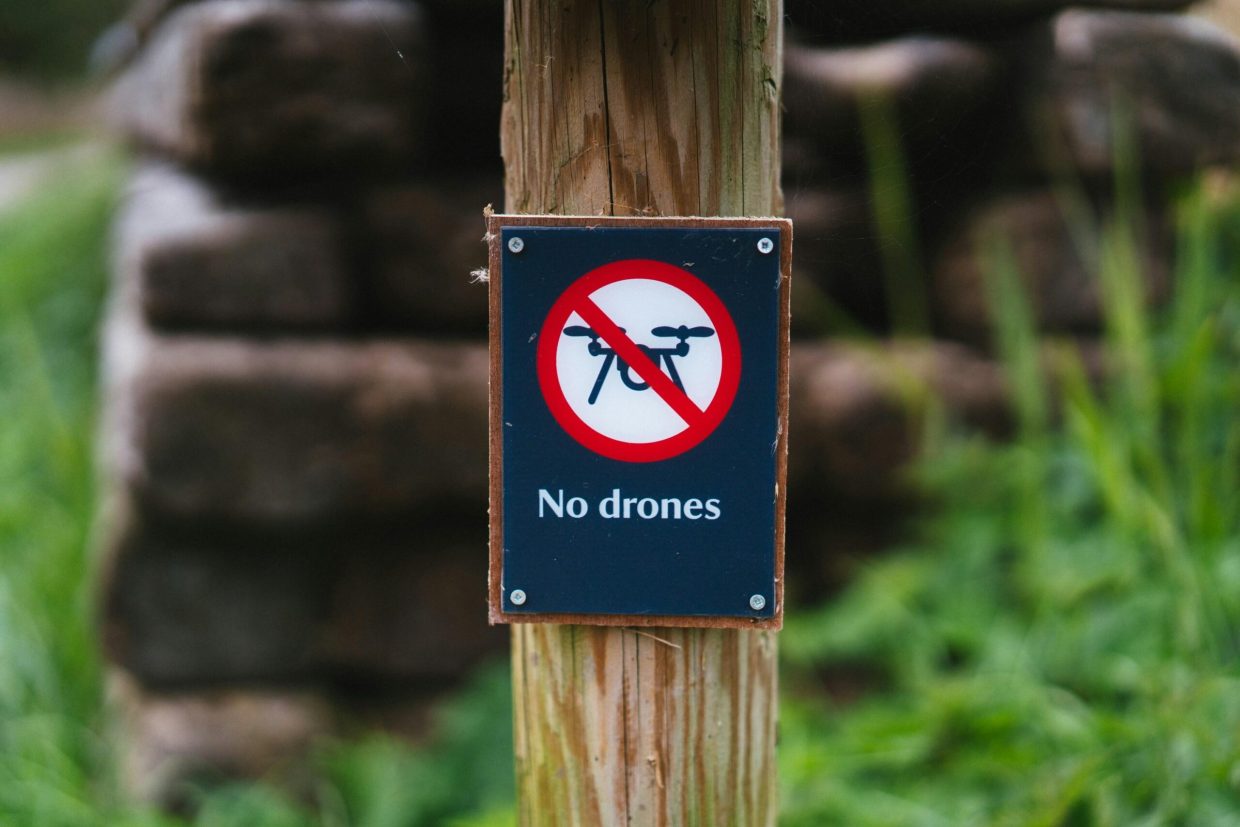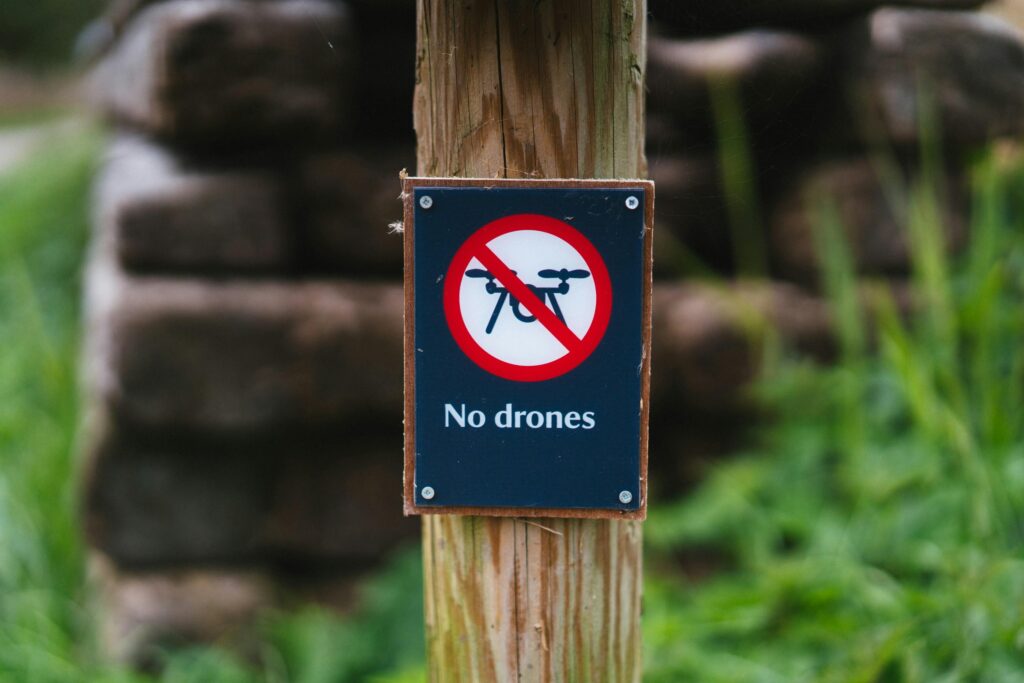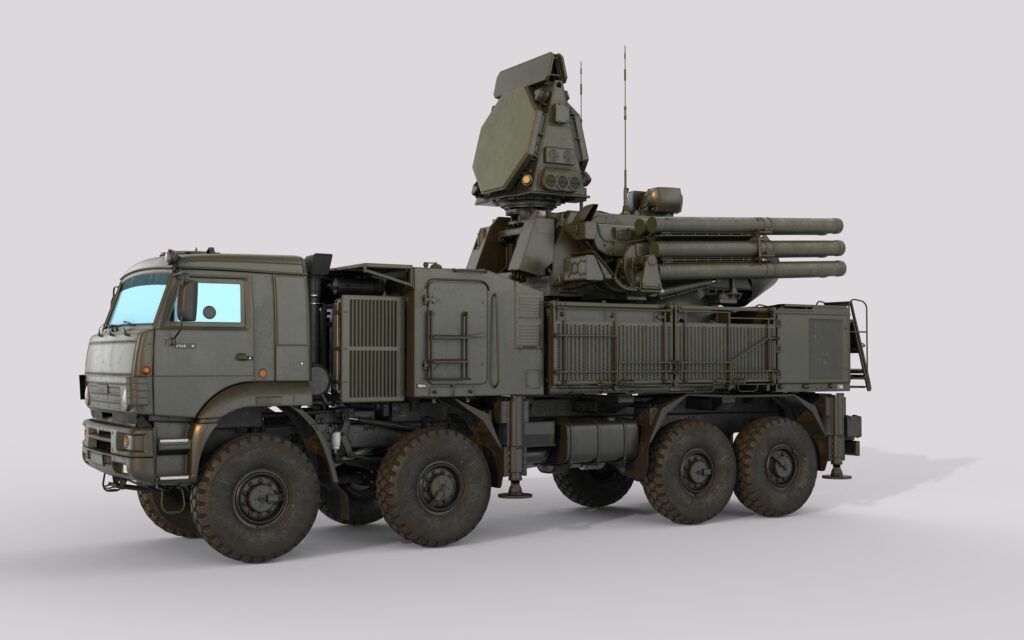In recent years, drone strikes have transformed the landscape of modern warfare, offering a seemingly precise and efficient method to target threats from afar. However, beneath the surface of these high-tech operations lies a complex ethical debate that is anything but clear-cut. As drones increasingly take center stage in military strategy, questions about the true cost of their use—particularly in terms of collateral damage—demand our attention. In this article, we delve into the moral quandaries surrounding drone strikes, exploring how the pursuit of security balances against the unintended harm to innocent lives. Join us as we weigh the difficult ethics behind a technology that’s reshaping war and peace in the 21st century.
Table of Contents
- Understanding Collateral Damage in Drone Warfare: Civilian Impact and Accountability
- Balancing Military Objectives with Ethical Constraints in Targeted Strikes
- International Law and the Moral Responsibility of Drone Operators
- Policy Recommendations for Minimizing Harm and Enhancing Transparency in Drone Campaigns
- Wrapping Up
Understanding Collateral Damage in Drone Warfare: Civilian Impact and Accountability
While drone strikes offer unparalleled precision, their use has sparked intense debate over unintended consequences. Civilian casualties, often referred to as collateral damage, pose profound ethical dilemmas that challenge the acceptable boundaries of modern warfare. These incidents not only devastate communities but also erode trust in military operations, raising questions about the reliability of intelligence and the criteria used to designate targets. As drones operate from remote locations, the detachment experienced by operators may inadvertently dilute the perceived gravity of striking areas where civilians reside, blurring the lines between tactical success and humanitarian cost.
Ensuring accountability in drone warfare demands greater transparency and rigorous oversight mechanisms. Independent investigations can illuminate discrepancies between predicted outcomes and actual fatalities, promoting justice for victims and their families. Governments and military entities must prioritize:
- Comprehensive post-strike assessments to verify civilian harm
- Updated protocols emphasizing minimization of non-combatant exposure
- Open channels for affected communities to report grievances
Only by facing these challenging realities head-on can the military ethics surrounding drone technology evolve to better balance strategic objectives with the protection of innocent lives.
Balancing Military Objectives with Ethical Constraints in Targeted Strikes
Military operations utilizing drone strikes often face the critical challenge of aligning strategic objectives with ethical imperatives. While the precision and surveillance capabilities of drones have transformed modern warfare by minimizing direct troop engagement, the reality on the ground is far more complex. Combatants must weigh the tactical value of eliminating a high-profile target against the profound moral and legal responsibility to safeguard innocent lives. This balancing act requires rigorous intelligence verification, strict rules of engagement, and constant evaluation of the proportionality and necessity of each strike.
Key considerations governing these decisions include:
- Ensuring intelligence accuracy to prevent wrongful targeting
- Minimizing collateral damage through real-time surveillance and updated situational awareness
- Incorporating ethical review boards or oversight committees to evaluate strike justification
- Maintaining transparency and accountability with affected communities and international bodies
Striking the right balance means acknowledging that every drone deployment is not just a military tactic but a profound ethical dilemma. The pursuit of national security must be tempered with unwavering respect for human rights, making ethical constraints not an afterthought but a foundational component in the orchestration of targeted strikes.
International Law and the Moral Responsibility of Drone Operators
Drone operators occupy a complex and often precarious position within the framework of international law, where the delineation of legal boundaries and moral accountability often overlap and blur. While international humanitarian law (IHL) provides clear guidelines on the conduct of hostilities, including principles of distinction and proportionality, the application of these rules in drone warfare presents unique challenges. Operators are tasked with making split-second decisions, often from thousands of miles away, yet they bear the moral burden akin to soldiers on the ground. This gulf of physical detachment can obscure the human cost of strikes, raising profound questions about responsibility and the limits of legal protections designed to shield civilians.
Moreover, the ethical considerations tied to drone operations extend far beyond strict legal parameters. Operators must contend with:
- The certainty of target identification: Determining whether an individual is combatant or civilian is fraught with uncertainty, compounded by limited intelligence.
- Collateral damage implications: Even in cases where strikes are legally justified, unintended casualties and property destruction impose a heavy moral toll.
- Psychological impact on operators: The remote nature of drone warfare does not absolve operators from feelings of guilt or trauma, highlighting the human dimension of warfare ethics.
The juxtaposition of legal standards and ethical imperatives creates a landscape where drone operators must navigate not only the letter of international law but the spirit of humanity itself.
Policy Recommendations for Minimizing Harm and Enhancing Transparency in Drone Campaigns
To address the profound ethical concerns surrounding drone strikes, it is imperative to establish robust frameworks that prioritize minimizing civilian harm. This includes instituting mandatory pre-strike risk assessments that integrate advanced AI analytics to better predict collateral damage and identify non-combatants. Coupled with rigorous post-strike investigations, these measures can hold operators accountable and foster continuous improvements in targeting protocols. Additionally, engaging local communities and international human rights organizations in oversight roles can enhance the accountability of drone operations, building trust and ensuring compliance with global humanitarian standards.
Transparency remains a cornerstone for ethical drone campaigns. Governments and military entities should commit to regularly publishing detailed reports on strike objectives, outcomes, and civilian impact, balancing national security with the public’s right to information. These disclosures could be supported by independent audits and open data initiatives that allow for real-time monitoring by third parties. Moreover, embedding ethical considerations into drone technology development—such as fail-safes to abort missions when unexpected civilians are detected—reinforces a culture of responsibility. Embracing these recommendations not only mitigates harm but also elevates public discourse on the legitimate use of emerging weapon systems.
Wrapping Up
As drone technology continues to evolve and reshape modern warfare, the ethical questions surrounding its use become more urgent than ever. Balancing the precision and efficiency of drone strikes against the undeniable risk of collateral damage challenges policymakers, military leaders, and societies alike. It demands ongoing scrutiny, transparent dialogue, and a commitment to minimizing harm to innocent lives. Ultimately, the conversation about drone ethics isn’t just about technology—it’s about preserving our shared humanity in an increasingly complex and contested world.













